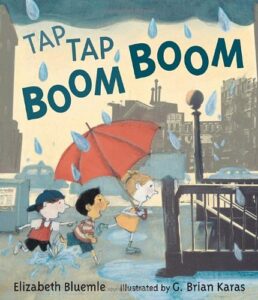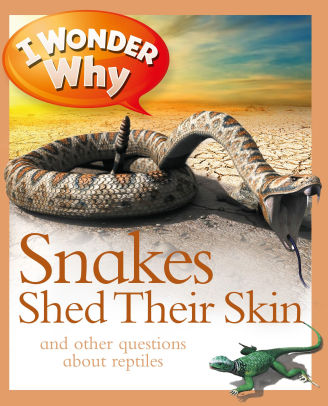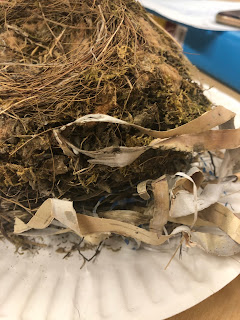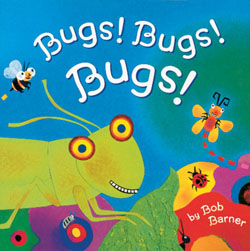I wouldn't say that I am science phobic. However, I have a phobia of long lectures & studying for major exams. Therefore, I understand the importance of providing children with hands-on science lessons that are engaging and fun.
What are my phobias?
Astraphobia
Skunk (Mephitis mephitis) phobia
https://youtu.be/lKCUZRdtPgQ Ornithophobia
New Perspective on Pigeons??
 .
. 


Activities:
Thunderstorms
*Make Thunder-Blow air into a paper bag and twist the end to keep the air inside. Hit the bag with your other hand to create thunder
*Draw, paint, or write while listening to the sounds of a thunderstorm
*Children can research their inquiries about thunderstorms and record themselves explaining their knowledge
Skunks:
*Skunk Tag
https://youtu.be/xcV0PEM7JOI
https://youtu.be/OrfhAWVP-eU
*Write a silly poem about skunks
Pigeon:
*Pigeon poo painting-Use white paint to splatter onto a piece of paper that is placed on the floor
*Live pigeon cam
What do you do when children have phobias?
*Learn the facts (sometimes things seem more scary than they actually are)
*Share stories that represent their fears in positive/humorous ways
*Engage the children in fun activities involving their fears





















